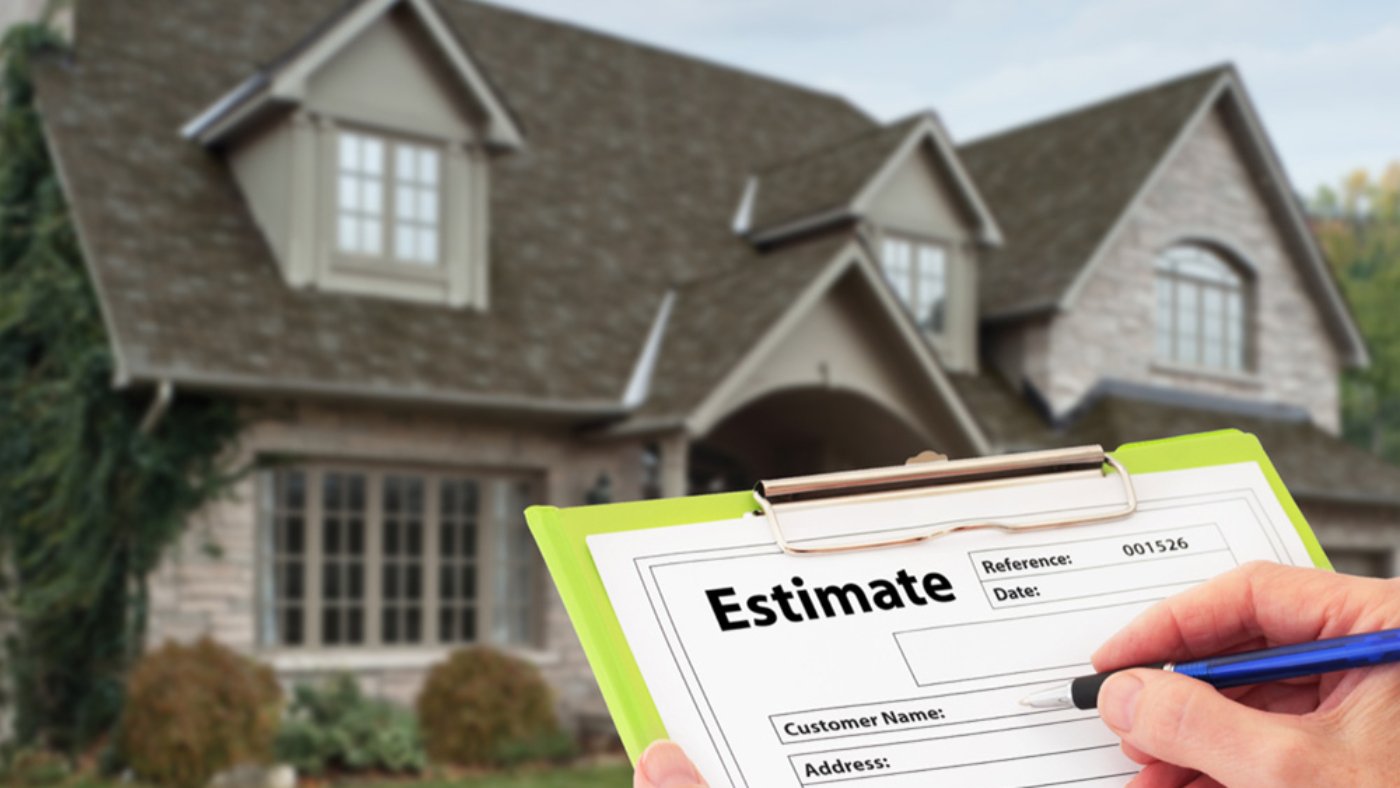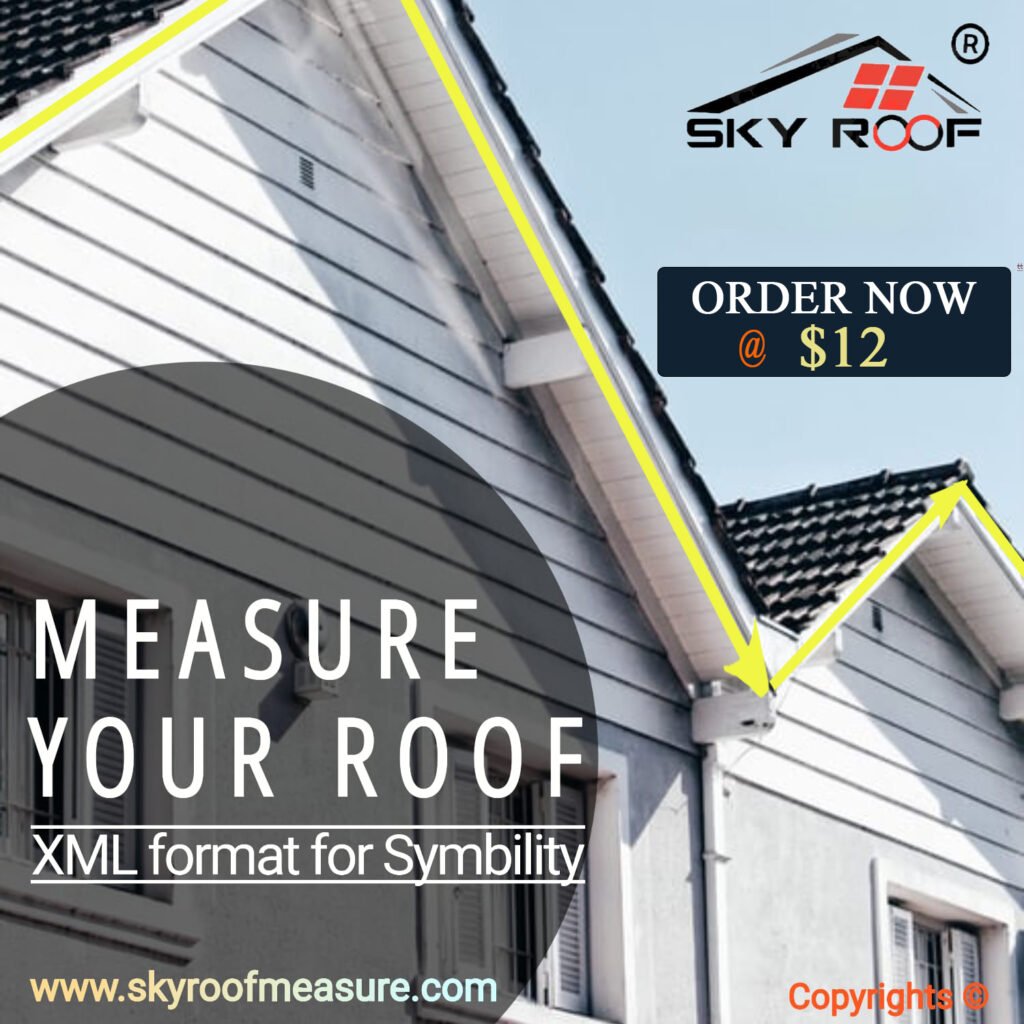Understanding Flat Roofs: Overhangs, Slope, and Cost Explained
Flat roofs are a popular choice for modern homes, commercial buildings, and urban structures. Their clean lines, space efficiency, and ease of maintenance make them appealing—but there are a few important things to understand before investing in one. This guide explains how far a flat roof overhang should extend, whether flat roofs have a slope, and what a new flat roof might cost.
How Far Should a Flat Roof Overhang?
When designing or replacing a flat roof, one of the first questions that comes up is: How far should a flat roof overhang?
Typically, a roof overhang extends about two feet (24 inches) from the exterior walls of the building. This is the standard maximum for most residential and small commercial structures. An overhang at this length provides adequate protection against rain, snow, and UV rays, helping prevent water damage to the building’s siding and foundation.
But can a flat roof overhang extend beyond two feet?
Yes, it can—but it becomes structurally risky. Longer overhangs require extra support, such as brackets, beams, or cantilever systems. Without additional reinforcement, an overhang longer than two feet may sag over time or fail under weight (like snow or debris). So, if you’re planning a dramatic overhang for visual appeal or shade, make sure your contractor designs it with proper support in mind.
In short, two feet is safe and effective, but anything beyond that must be structurally engineered.
Do Flat Roofs Have a Slope?
Despite their name, flat roofs are not truly flat. They are constructed with a slight slope—also known as pitch—to allow for water drainage.
Most flat roofs have a minimum pitch of 1/4 inch per foot, which equals a slope of about 1 to 2 degrees. This small gradient is barely noticeable to the eye, but it’s absolutely essential. Without this slope, rainwater or melting snow would collect on the surface, leading to leaks, structural damage, or premature roof failure.
So why are they called flat roofs?
The term “flat” is more about the look and function than the geometry. A flat roof appears flat compared to steep-pitched roofs, but the subtle angle plays a big role in roof performance. Builders often refer to flat roofs as low-slope roofs, which is a more accurate description.
Proper drainage design is especially important in climates with heavy rainfall or snow. A well-installed flat roof will include internal drains, scuppers, or tapered insulation to direct water away efficiently.
Benefits of a Sloped Flat Roof:
Prevents water ponding
Extends the life of roofing materials
Reduces maintenance and repair costs
Supports efficient drainage even in heavy rain
So yes—flat roofs do have a slope, and that’s a key part of their effectiveness.
How Much Does a New Flat Roof Cost?
Now let’s talk about numbers. If you’re planning a roof replacement or new build, the cost is likely your biggest concern.
In 2021, the average cost to install an asphalt shingle roof was $28,256. Factoring in 8.5% inflation by March 2022, the estimated cost rose to about $30,700. Flat roof installations may vary slightly depending on the materials used, roof size, and additional features like insulation or waterproof membranes.
Common Flat Roof Materials and Their Costs (per square foot):
EPDM Rubber: $4 to $8
TPO (Thermoplastic Polyolefin): $5 to $9
PVC Roofing: $6 to $10
Modified Bitumen: $4 to $7
Built-Up Roofing (BUR): $5 to $10
Keep in mind that flat roofs often require multiple layers, including insulation boards, vapor barriers, and waterproof membranes. These elements contribute to the total cost but are crucial for long-term performance.
Also, labor costs can vary depending on your region. Urban areas typically see higher labor rates, while rural locations may have more affordable pricing but limited contractor availability.
Additional Cost Considerations:
Structural repairs if the roof deck is damaged
Reinforced overhangs if they extend beyond standard lengths
Drainage systems, including scuppers and downspouts
Permits and inspections, depending on local building codes
On average, you can expect to pay $7,000 to $14,000 for a smaller flat roof project (around 1,000 square feet) and $15,000 to $30,000+ for larger or more complex installations.
Final Thoughts: Planning for Your Flat Roof
Flat roofs are functional, stylish, and space-efficient, but they require careful planning. Whether you’re wondering about flat roof overhangs, calculating roof slope, or budgeting for a new flat roof, it’s important to work with experienced contractors who understand the unique demands of flat roofing systems.
Key Takeaways:
The standard flat roof overhang is up to 2 feet; longer overhangs need support.
Flat roofs have a slope (typically 1/4 inch per foot) for water drainage.
The cost of a new flat roof in 2022 averaged around $30,700, but this varies by material and location.
What is the minimum slope for a roof?
How often should roof Be Replaced?
Looking For a Roof Measurement Report?
Please Fill Out The Form Below -











Leave A Comment
You must be logged in to post a comment